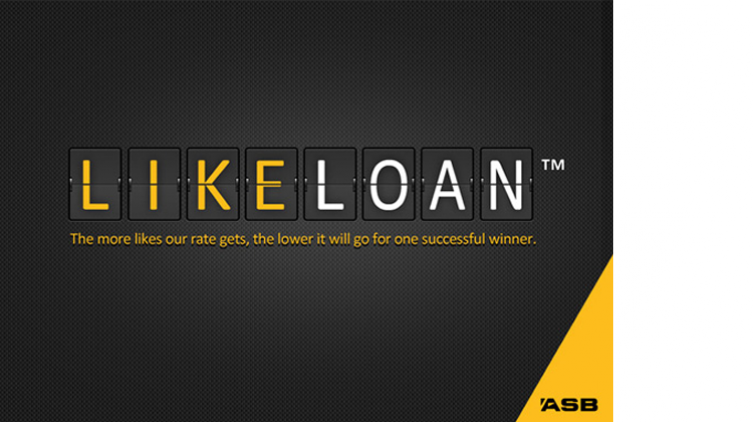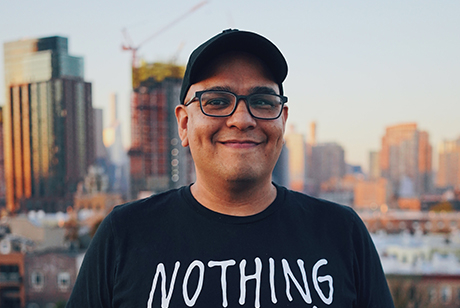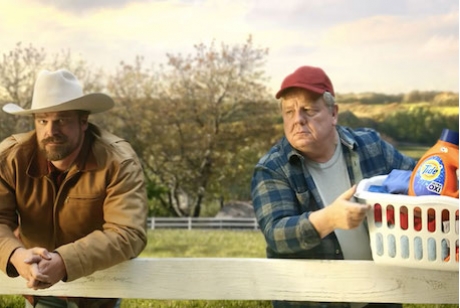Auckland - Saatchi &
Saatchi New Zealand has won Gold at the inaugural Warc Prize for Social
Strategy in London for ASB’s ‘Like Loan’ campaign.
Saatchi & Saatchi’s Director of Strategy, Murray Streets said: “We’re thrilled to gain recognition for ‘Like Loan’ on the global stage.
It rewards the vision and commitment of our client at ASB and all the hard work
of our integrated team at Saatchi & Saatchi with our media partners, Carat.
"It’s exciting to think that New Zealand is leading
the way with this work and is among the best in the world at harnessing the
power of social media for businesses and brands, driving real business
results.”
ASB’s ‘Like Loan’ is a world-first in the financial services industry: a
home loan rate powered by ‘likes’. It was an idea designed to thrive in
Facebook that delivered a measurable return on investment. In 2013, over the
course of a day the more ‘likes’ the rate received through the Facebook app,
the lower it went. Each week one winner secured a year’s loan at the finishing
rate. The campaign ran over four consecutive weeks and produced home loan rates
as low as 1.15%.
The 2014 iteration of ‘Like Loan’ built on this successful platform, fusing
social media and live
TV commercials. In a ground-breaking move, the real-time decreasing rate on
Facebook was integrated live into TV adverts on TVNZ channels TV One and TV2
throughout the evening – a first for a New Zealand brand. Experiential, social
media, banners and radio streams also worked together to promote the live,
dropping rate. The final rate given away was 0.0%.
In addition to the Warc prize, the 2013 ‘Like
Loan’ campaign was also recently awarded Gold in the financial services category
at the New Zealand Direct Marketing Awards and one Gold and two Silvers at the
AXIS Awards.
The inaugural Warc Prize for
Social Strategy set out to find the best examples of marketing strategies that
drive conversation, sharing, participation or advocacy. Entries were asked to
show how their strategies had delivered credible business results. In total, 18
papers, from 12 different markets picked up awards, winning a share of the
$10,000 prize fund.














